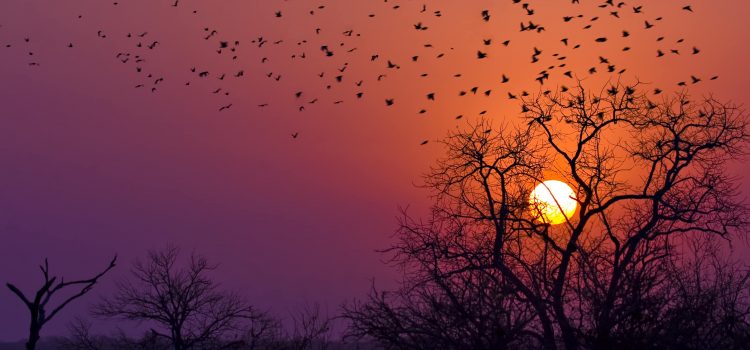We return to one of our much-loved ecotourism books: Africa’s Finest, and this time around our focus is on Tanzania. Recently published by renowned conservationist (and Wilderness Safaris founder) Colin Bell, the book arose out of co-writer David Bristow and Bell’s collaboration of giving the safari industry a audit on their commitment to eco-tourism excellence, as well as sustainability. Of the several hundred camps that were visited by teams who assessed them on a strict set of criteria, three from Tanzania were mentioned in the top 50 of the 182 camps and lodges that made the grade.
1. Gibb’s Farm, Northern Tanzania
Gibb’s Farm is located in Northern Tanzania, one of the most wildlife-rich areas in the country and about an hour from the Ngorongoro Crater, a UNESCO World Heritage Site. Elephants often wander over from the crater to take a sip from the farm’s water reservoir. Gibb’s Farm has been around for quite some time, starting as a coffee plantation, it has now been transformed into one of the country’s best Eco-Resorts. The farm is a relatively large establishment consisting of 17 cottages and about 20 hectares of farmland and magnificent gardens.
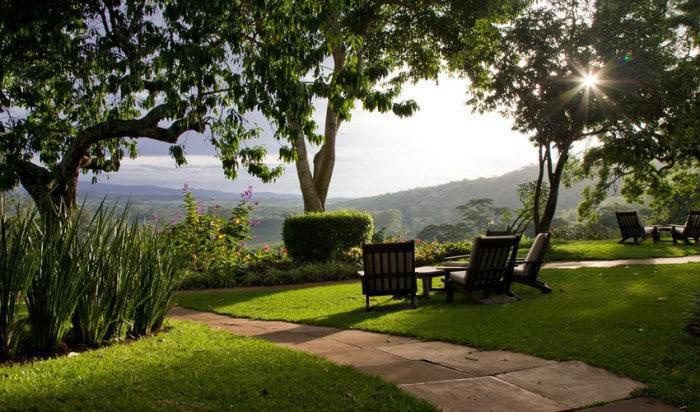
When it comes to conservation, Gibb’s Farm makes every effort to be environmentally conscious. There is a ‘no tin can’ policy, so all drinks are served from recyclable glass bottles. This is also a working farm where visitors are encouraged to experience life on a farm from observing cows being milked, to bread making, coffee roasting and veggies being harvested, as well as visits to a nearby village or guided walks in the lush surrounding forest. Guests at Gibb’s can also visit ‘Fundiland’ to observe carpenters making the furniture for their rooms, tailors crafting leather items and paper products being made from the farm’s waste paper and elephant dung!
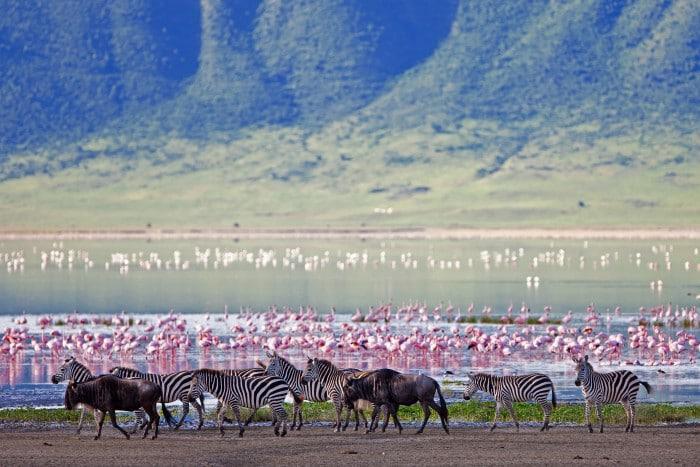
For a once-in-a-lifetime experience, we suggest their farm-to-crater-rim full day walking safari which ends on the edge of the magnificent Ngorongoro Crater with a picnic lunch. The farm also offers day trips to Lake Manyara for incredible wildlife encounters and visits to Lake Eyasi to meet the local Hadzabe tribe.
2. Chumbe Island, Zanzibar Archipelago
Chumbe Island is another World Heritage Site located off the eastern coast of Tanzania and west of the Zanzibar Archipelago. This tiny island is much loved by the eco-community. Who wouldn’t fall in love with the perfumed air and warm Indian Ocean of this former British protectorate? To date, Chumbe has won more green awards that any other in the region including TripAdvisors Best Place in Africa and United Nation’s 500 Roll of Honour.
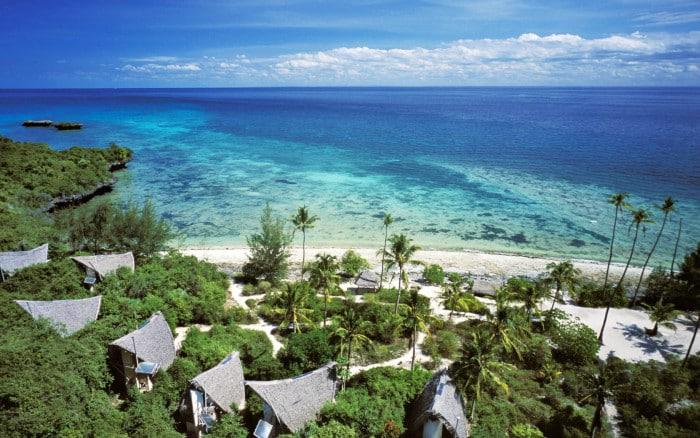
Chumbe Island Coral Park was established to educate the local people about the effects of their explosive fishing techniques and to save the coral reefs from depletion. This is not simply a resort, but also an education center which focuses on educating the people of the island about how to protect their ‘bit of paradise’. The resort has an almost non-existent carbon footprint which is a result of the self-designed eco-architecture, the amazing water catchment system and the fact that the resort is nearly entirely solar-powered. The only luxuries you will find here is ice-cold Perrier sparkling water!
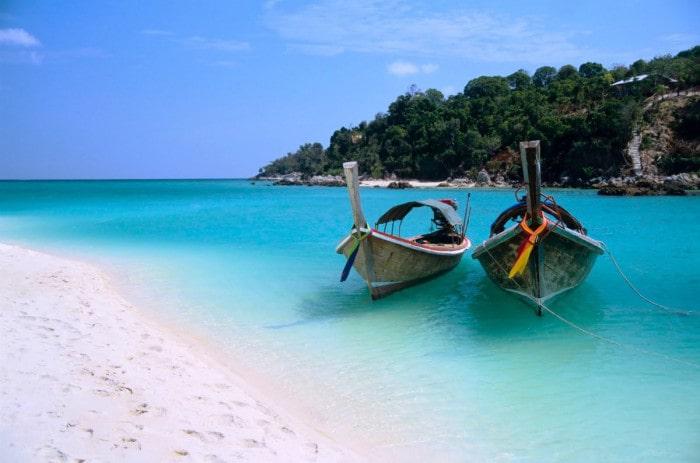
Chumbe Island is utterly enchanting and there are many wonderful activities on offer here from observing the huge coconut crabs at night, which can weigh up to 5kg and can open a coconut with their enormous claws with ease, to snorkeling trips along the reefs or exploring the forest for the rare and elusive Ader duiker.
3. Greystoke Mahale, Lake Tanganyika
Located on the white sands right next to Lake Tanganyika (the longest lake in the world) and in the Mahale Mountains National Park, Greystoke Mahale is an off-the-beaten-path treasure. It’s so remote, in fact, that the only way to enter it is by air and then by boat. The area is surrounded by dense tropical rainforest, making for a mystical and eerily romantic setting.
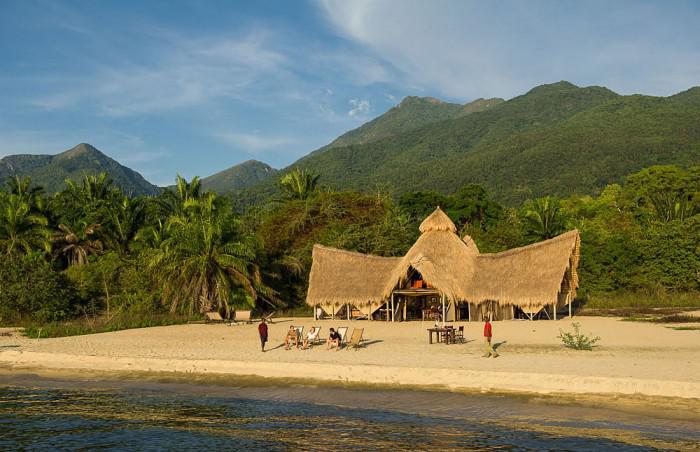
This forest was made famous by Jane Goodall, who conducted her research with chimps quite close by. The actual structure of the camp is also something to marvel at, made entirely out of dhow wood that has been repurposed. The opportunities for viewing animals at this lodge are spectacular. Whether on a dhow trip on the lake or a guided walk through the forest, you are bound to bump into some of the region’s most famous creatures such as the chimpanzees.
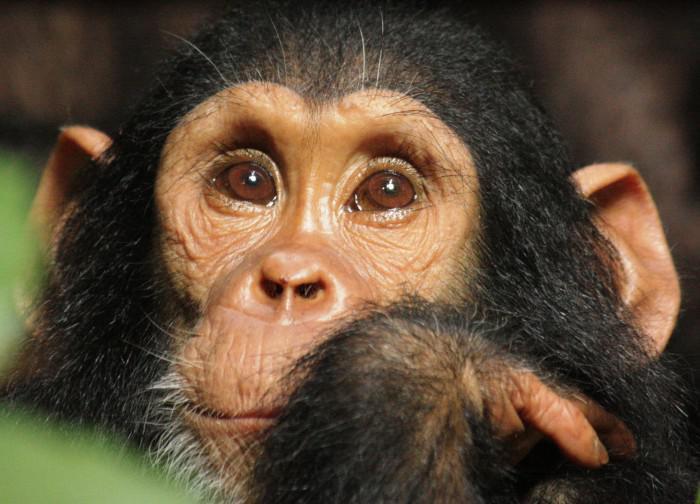
4. &Beyond Mnemba Island, Zanzibar
Even though Mnemba Island doesn’t feature under the top 50 in the great green book, we rate it as very close to ‘green’ and love to send our guests there for the special brand of remote Robinson Crusoe style barefoot luxury that the &Beyond camps are known for. Mnemba Island is situated to the north of Zanzibar and has managed to strike a careful balance between luxury and conservation. Famous for its snorkeling and scuba diving adventure tours (as it’s located above a magnificent band of coral reefs), the resort itself is quite intimate with only ten bandas located right on the pearly white sands of the island’s northern beach. The huts are all made from local materials including palm thatching and local timber.
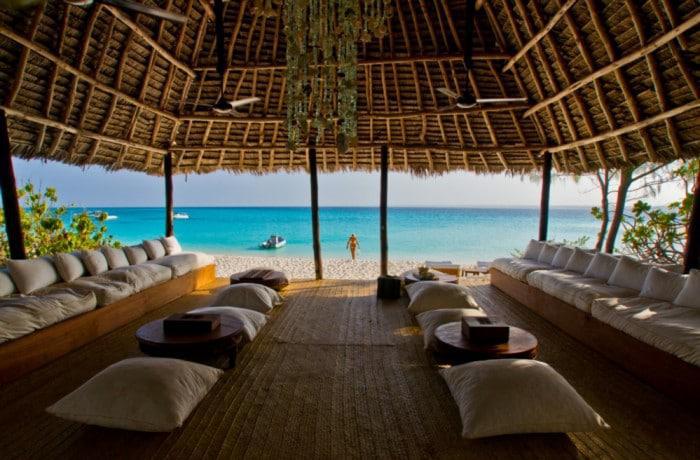
You can be certain that a trip to tantalizing Tanzania will strike the tricky balance between nature conservation and an all-out indulgence. As incongruent as those ideas may seem, so many resorts in the region have made them work together in perfect, eco-friendly harmony. Next time you plan your trip to East-Africa, remember to keep your carbon footprint in mind. Environmentally conscious travel makes such a difference to our planet but, as shown by our top four eco resorts, doesn’t need to detract from your magical African getaway.
